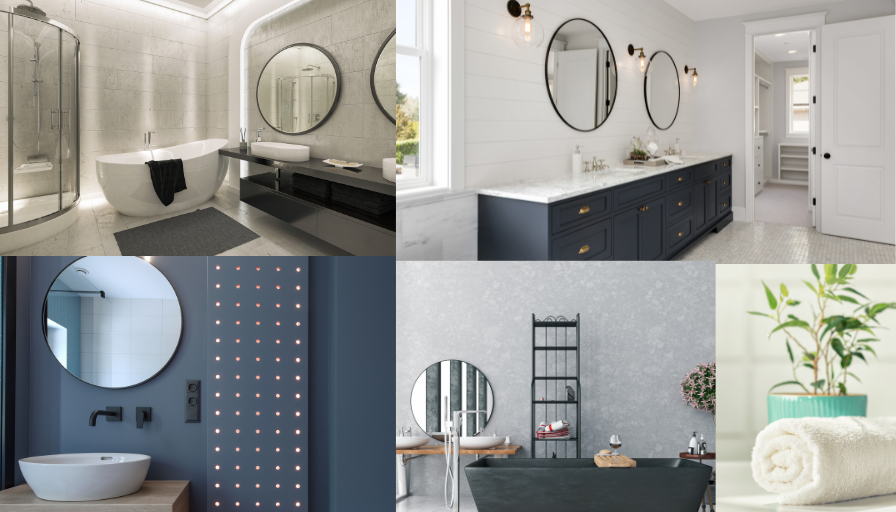The Art of Harmony: Exploring Color in Living Space Design
- Leo Kruger
- Jan 23, 2024
- 2 min read

Color is a powerful tool in the world of interior design, capable of transforming a living space and influencing our emotions. The strategic use of color can create a harmonious and inviting atmosphere, turning a house into a home. In this blog post, we delve into the art of incorporating color into your living spaces and how it can enhance the overall design of your home.
Understanding Color Psychology:
Before embarking on a journey to infuse color into your living spaces, it's essential to grasp the basics of color psychology. Different colors evoke different emotions – for example, blues and greens are often associated with calmness and tranquility, while reds and yellows can bring energy and warmth. Consider the mood you want to convey in each room and choose colors accordingly.
Neutral Foundations:
Neutral colors serve as a versatile and timeless foundation in interior design. Whites, beiges, and grays provide a clean and sophisticated backdrop, allowing for easy incorporation of other hues. Neutral tones also make it simpler to switch out accessories and decor elements without a major overhaul, providing flexibility as your tastes evolve.
Accent Walls for Drama:
For a bold statement, consider incorporating an accent wall into your living space. Choose a color that contrasts or complements the existing palette to add drama and visual interest. This can be particularly effective in smaller spaces or rooms where you want to draw attention to a specific architectural feature or piece of furniture.
Color Blocking Techniques:
Experiment with color blocking by strategically placing contrasting or complementary colors together. This technique involves using distinct blocks or sections of color to create a visually striking effect. It can be applied through furniture choices, wall art, or even decorative accessories. Just be mindful of maintaining balance to prevent the space from feeling overwhelming.
Tonal Harmony:
Achieve a sense of harmony by working with varying tones of the same color. This monochromatic approach creates a sophisticated and cohesive look, with subtle shifts in shade adding depth and interest. This technique works well in bedrooms and living rooms, where a calming and unified atmosphere is often desired.
Nature-Inspired Palettes:
Drawing inspiration from the natural world is a timeless approach to color selection. Earthy tones such as greens, browns, and blues can bring a sense of serenity and connection to the outdoors. Consider incorporating natural materials like wood and stone to complement these colors, creating a harmonious and grounded living space.
Seasonal Transitions:
Don't be afraid to update your color palette with the changing seasons. Lighter, brighter colors can infuse a sense of freshness in spring and summer, while warmer, deeper hues can create a cozy ambiance during fall and winter. This approach allows your living space to evolve with the rhythm of the year.
Color is a dynamic and transformative element in the design of living spaces. By understanding color psychology, experimenting with different techniques, and drawing inspiration from nature, you can create a home that not only reflects your personal style but also promotes a harmonious and welcoming atmosphere. Whether you opt for bold accents or a more subdued palette, the art of using color in design is a journey that adds depth and character to your living spaces.
Tsena Fela Furnishers - Blog _ Leo Kruger




Comments